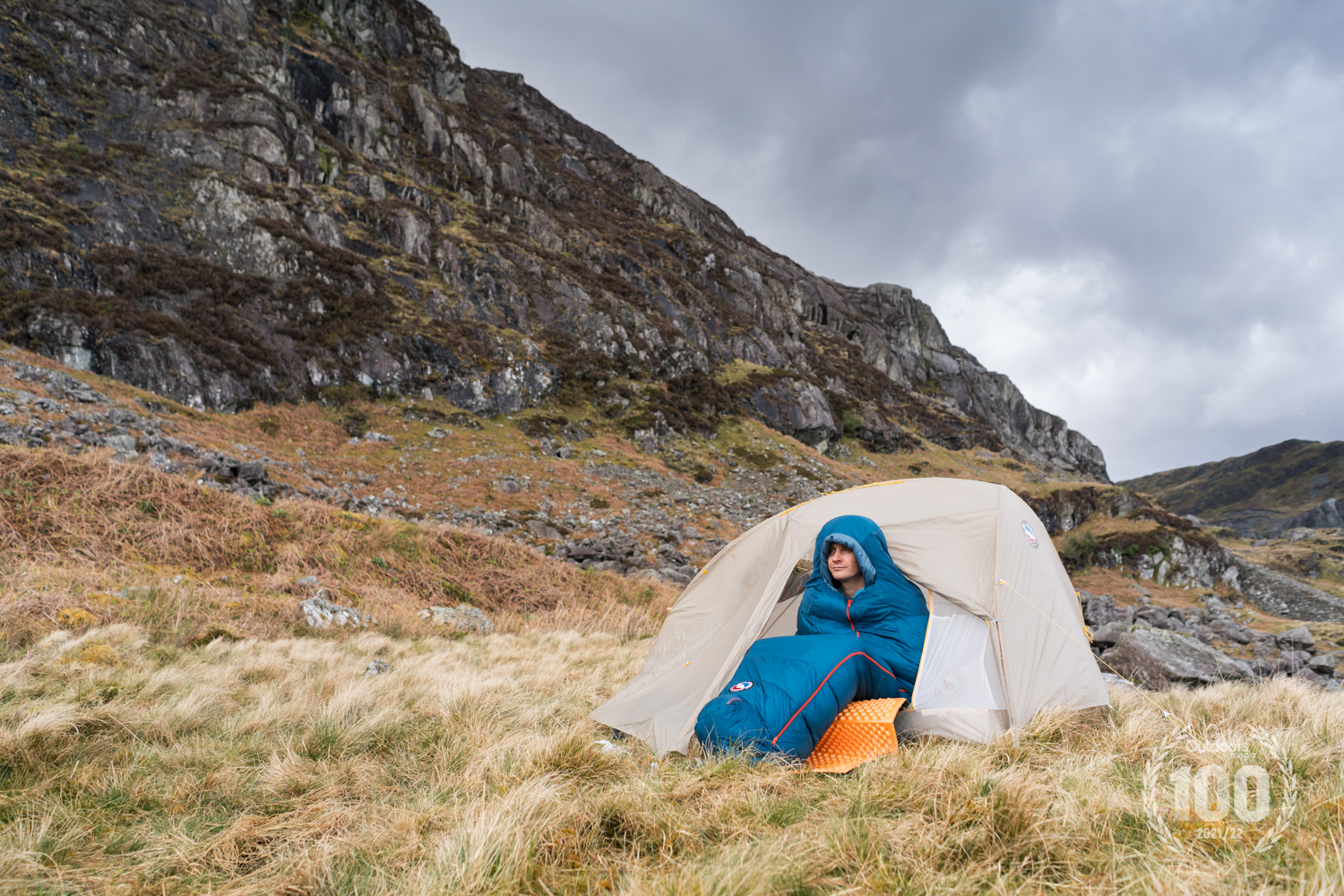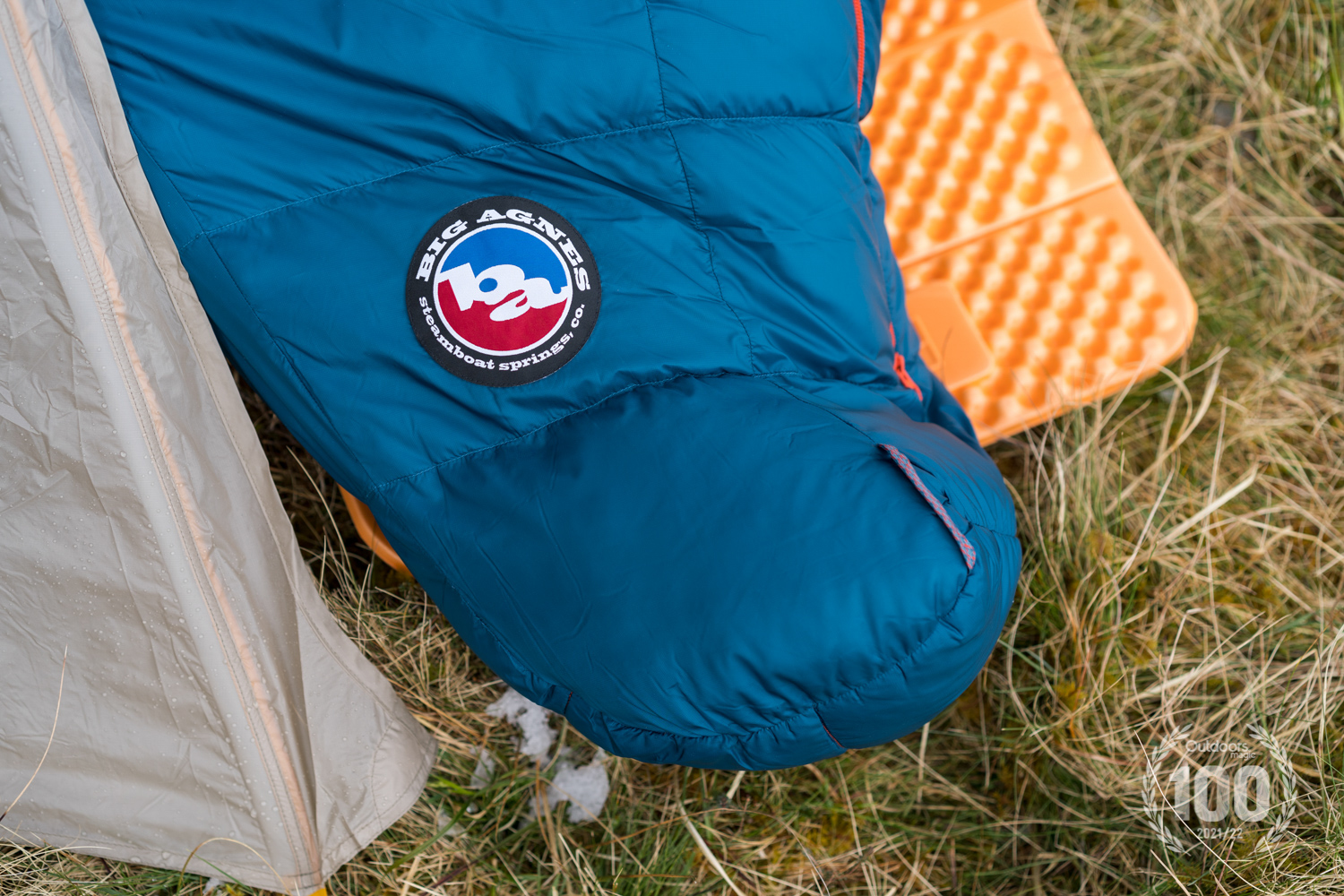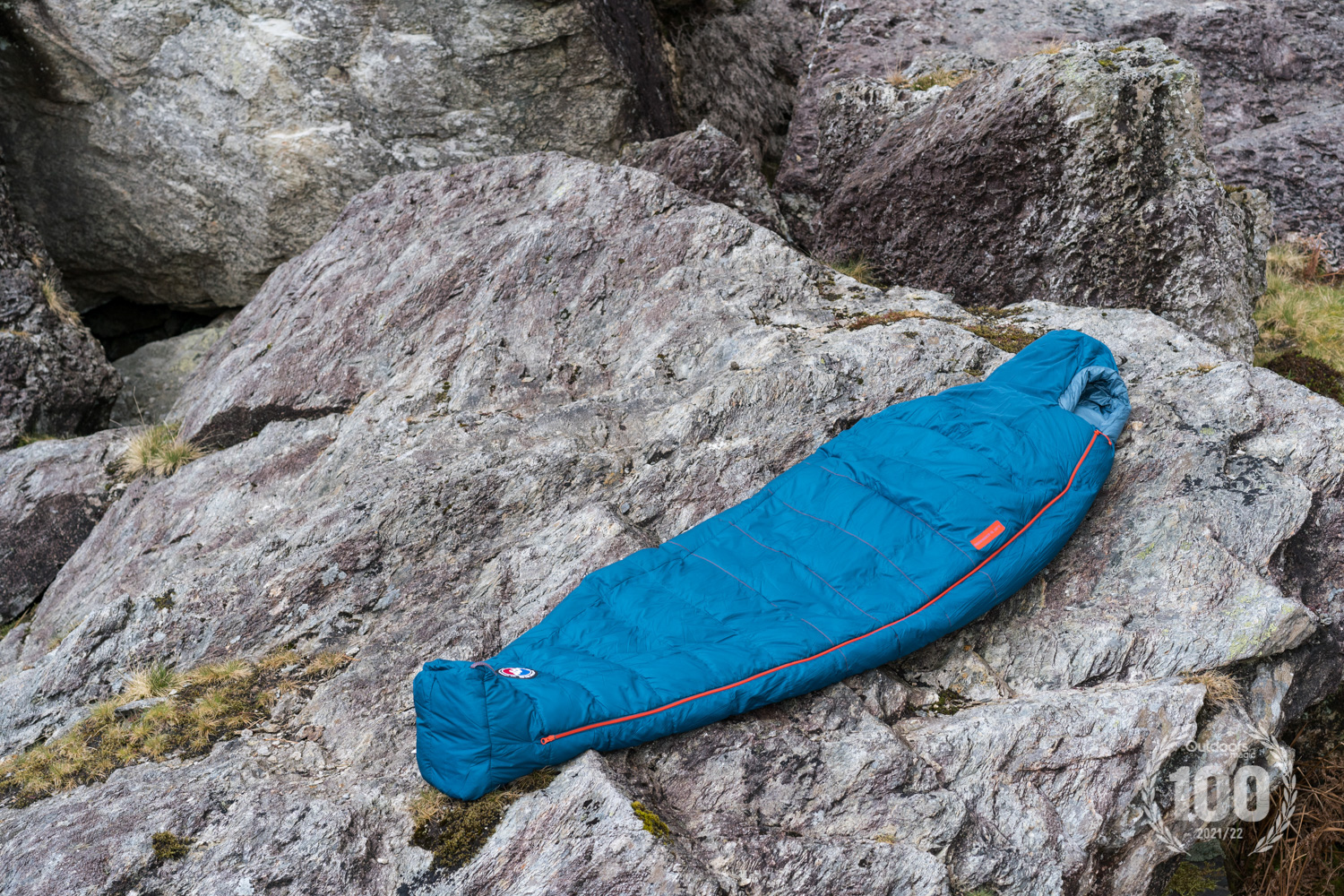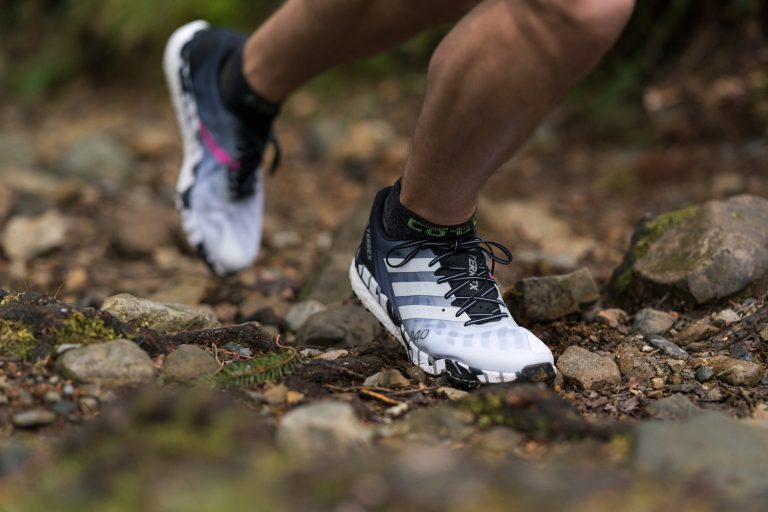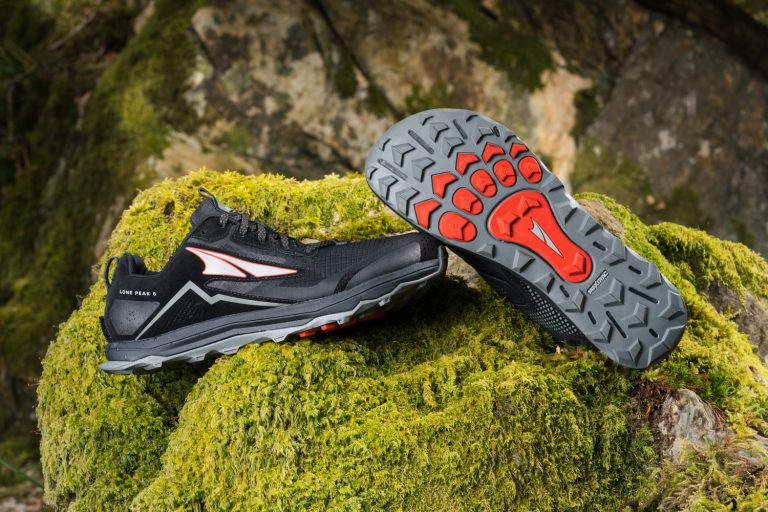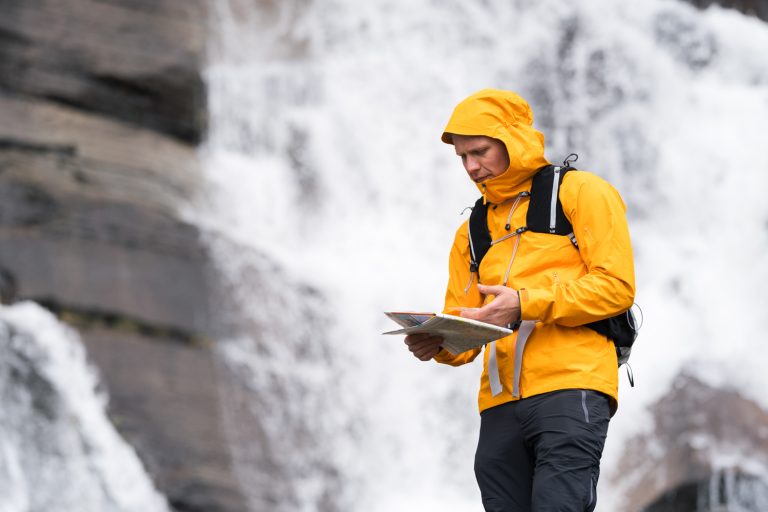Why we chose it: Super comfortable, innovative design
Specifically designed for those who sleep on their sides, the Sidewinder Series from cult US outdoor brand Big Agnes has been engineered to ensure warmth, comfort, and ease of use, no matter which side you’re on. It’s a new take on the traditional mummy sleeping bag, with an offset zip, additional body mapped insulation at the hips and feet, and 3D patterning that moves with you as you turn on to your side during the night.
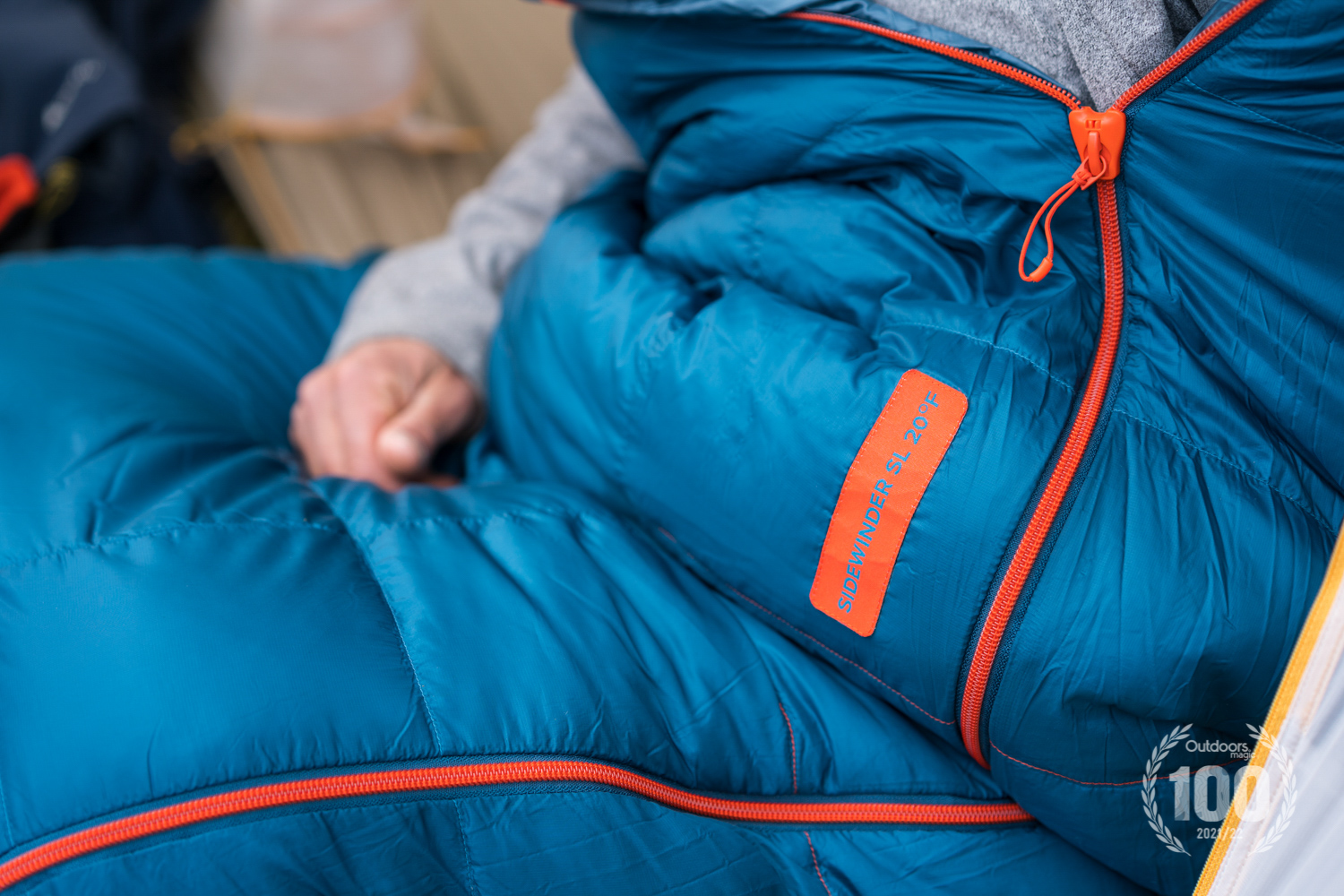
Who Is The Big Agnes Sidewinder SL Sleeping Bag For?
This one’s easy: it’s for campers of all breeds who sleep on their sides. Which, apparently, is most of us. Given its competitive warmth-to-weight ratio and pack size, it’s a bag that is perfectly suitable for backpacking and wild camping adventures too, not just weekend car campers.
“It’s for campers of all breeds who sleep on their sides”
It’ll work with any sleeping mat. The SL 20 bag has a comfort rating of -1°C, so it’s really classed as a two-season bag, at least by UK standards. But given the lower limit is -7°C, hardcore campers could take it a little lower to extend its use from late spring to early autumn.
It also comes in two sizes, regular or long. The regular size is designed for people up to 6 foot. If you’re taller than that, go for the long version.
Materials
The face fabric of the bag is made from ripstop nylon, with a PFC-free water repellent finish. The inner lining is a cosy polyester taffeta. Sandwiched between these in stitched baffles is 19oz (538g) of 650 fill power hydrophobic down, treated with bluesign-certified PFC free water repellent chemistry. In specific areas like the hips and feet, the bag employs a FireLine ECO synthetic insulation instead of down fill. This resists bodily compression better than down, reducing pressure points while still providing warmth. The synthetic fill is made from 100% post-consumer recycled polyester.
It’s a clever hybrid construction that ticks plenty of boxes when it comes to sustainability too. The result is a warm and comfortable yet eco-friendly bag.
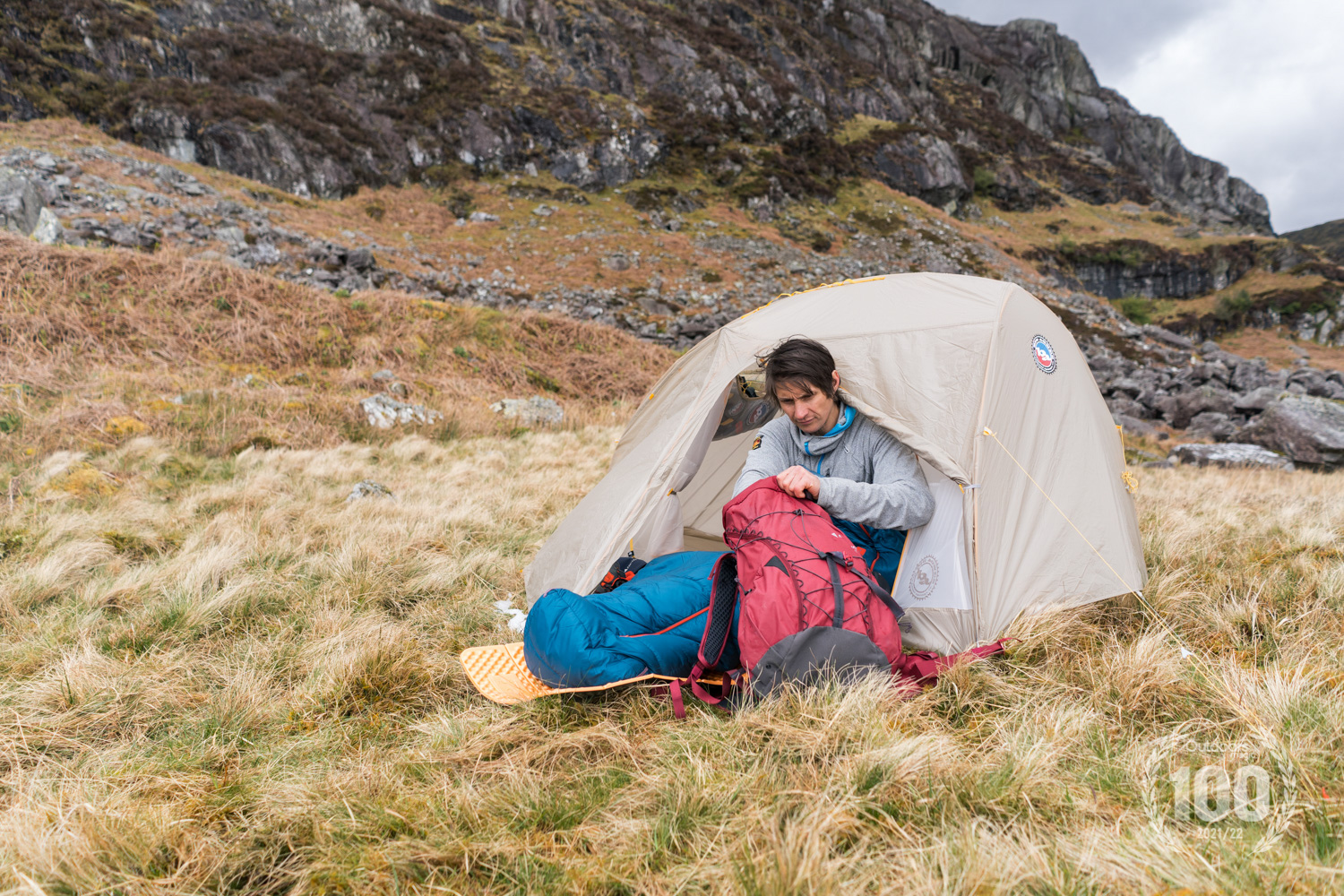
Features
The brand’s overarching aim when designing the Sidewinder series was to improve the whole camping experience for people who sleep on their sides. This might not seem a big deal to those who happily snore away on their backs (or even those weirdos who lie on their fronts), but if you’ve ever tossed and turned all night long in your tent while your bag slowly gets more and more tangled around you, you’ll appreciate the unique patterning and fit.
The most notable feature is the offset zip, which means you won’t end lying uncomfortably on top of the zipper. It’s easy to operate whichever side you prefer to sleep on too, thanks to a (mostly) smooth-running, anti-snag locking zipper with a zipper garage.
“If you’ve ever tossed and turned all night long in your tent while your bag slowly gets more and more tangled around you, you’ll appreciate this.”
We also liked the close fitting, jacket-style hood, which works better for side sleepers than most conventional mummy-style bags. It can be adjusted without needing to unzip the bag thanks to low-profile internal cordlocks. You can further seal out chills by cinching in the insulated tube along the upper hood opening.
This is all augmented by a unique ‘Pillow Barn’ made of stretch mesh material, with interior access from either side for easy adjustment. This keeps your camping pillow securely in place, or can even be stuffed with clothes on which to rest your weary head.
At the other end of the bag, the footbox is patterned to mimic the shape of your foot position while lying on your side.
Conclusion
This sounds like the bag that side sleepers have been waiting for, even if up until now they didn’t realise they needed a special sleeping bag. It’s certainly more comfortable than conventional mummy bags, and though it isn’t the first centre-zip design we’ve seen (Patagonia and Robens also have centre-zip bags in their ranges), the Sidewinder goes a step or two further in ensuring plenty of side-on comfort.
It’s fairly competitive in terms of overall weight and pack size too, even if it doesn’t quite compare to premium 750FP+ down bags when it comes to absolute warmth-for-weight.


